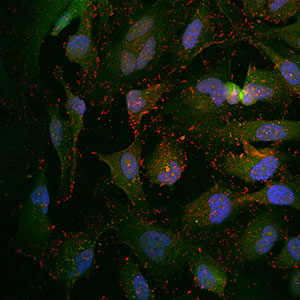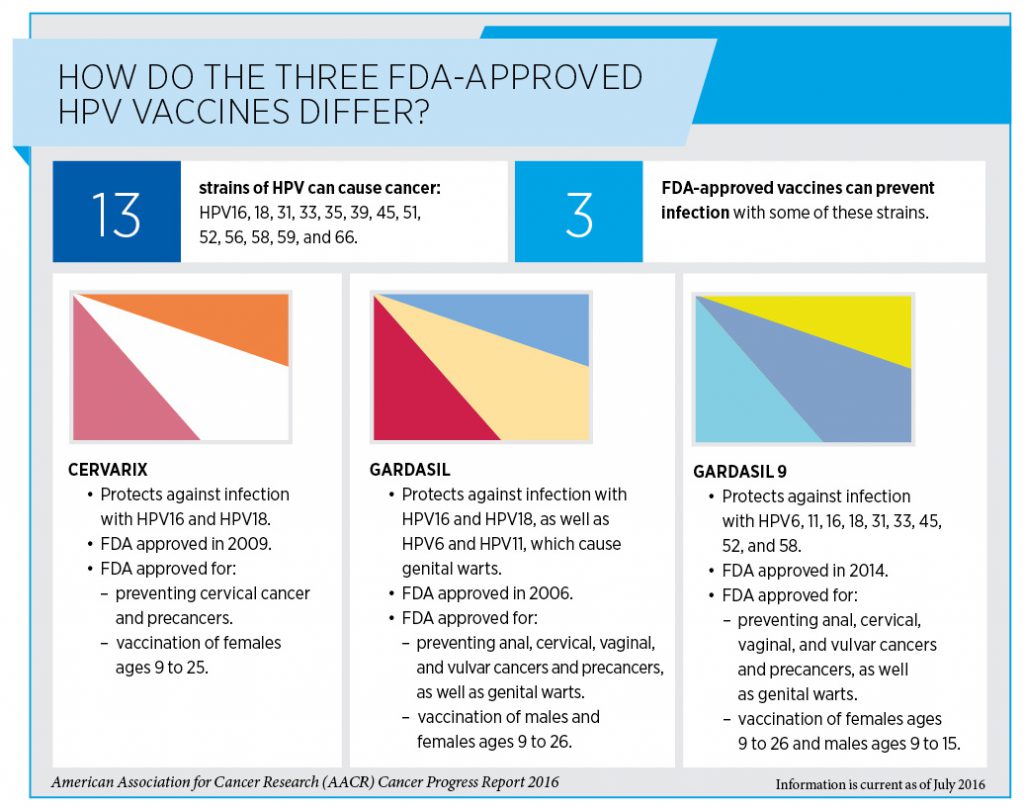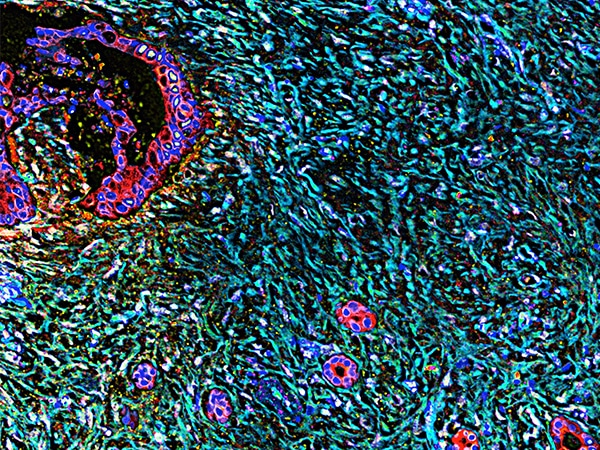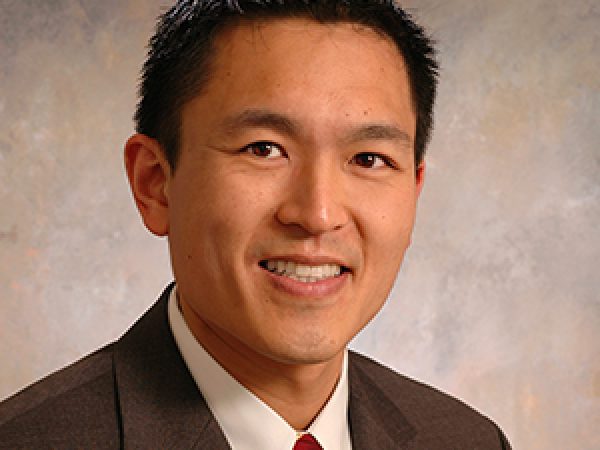HPV Vaccines Are an Underused Tool for Prevention
January is Cervical Cancer Awareness Month. It’s a time to celebrate progress against a disease that was once a leading cause of cancer-related death among U.S. women and, more importantly, to increase public knowledge about the opportunities that human papillomavirus (HPV) vaccination offers to drastically reduce the burden of this disease by preventing it from developing.

In 2016, it is estimated that 12,990 women were diagnosed with cervical cancer and 4,120 died from the disease. Image courtesy of the National Cancer Institute.
We’ve Come A Long Way
In the first half of the 20th century, cervical cancer was among the leading causes of cancer-related death among U.S. women.
A turning point in the quest to reduce the burden of this disease was the introduction in the 1950s of the Pap test, which allows physicians to detect precancerous and early-stage cancerous lesions in the cervix so that patients can be treated with a high likelihood of being cured. Since then, U.S. cervical cancer incidence and death rates have plummeted. In fact, it is estimated that in 2016, cervical cancer was ranked as low as 21st on the list of the most commonly diagnosed cancers in the United States, with 12,990 women anticipated to have been diagnosed with the disease and 4,120 to have died from it.
A second turning point was the discovery that persistent infection with certain strains of HPV causes most, if not all, cases of cervical cancer. This led to the development of a clinical test for detecting cancer-causing strains of HPV, which can be used as part of cervical cancer screening programs to identify women at high risk for the disease, and to the development of vaccines that can prevent infection with certain HPV strains.
There are now three HPV vaccines approved for the prevention of cervical cancer by the U.S. Food and Drug Administration (FDA): Cervarix, Gardasil, and Gardasil 9. The first two protect against the two most common cancer-causing strains of HPV—HPV16 and 18—while Gardasil 9 protects against seven cancer-causing strains of HPV—HPV16, 18, 31, 33, 45, 52, and 58.

However, We Must Do Better
Gardasil was the first HPV vaccine to be approved, in 2006. At that time, the Centers for Disease Control and Prevention (CDC) recommended routine vaccination for girls at the age of 11 or 12, with catch-up vaccination through the age of 26 years. In 2011, the CDC expanded the recommendation to include routine vaccination for boys age 11 or 12.
Even though HPV vaccination has been recommended for more than a decade, the most recent estimates from the CDC are that as of 2015, only 42 percent of girls and 28 percent of boys ages 13 to 17 had completed the HPV vaccination series. During that time the recommended vaccination series was three doses of vaccine. In the fall of 2016, the CDC revised this and now recommends that children age 11 or 12 receive just two doses of HPV vaccine at least six months apart. However, the CDC continues to recommend three doses for teens and young adults who start the HPV vaccination series from age 15 through age 26.
The good news is that in 2015 there were adolescents who had received two but not three doses of HPV vaccine, meaning that, with the revised guidelines, we can now say that in 2015, 52 percent of girls and 39 percent of boys ages 13 to 17 had completed the HPV vaccination series.
The bad news is that this is still very low compared with uptake of other childhood vaccines. For example, 91 percent of adolescents ages 13 to 17 had received two or more doses of the MMR vaccine that protects against measles, mumps, and rubella.
Given that it is estimated that in the United States, more than 53,000 cases of cervical cancer and thousands of cases of other HPV-related cancers, including many anal, genital, and oral cancers, could be prevented if HPV vaccine coverage could be increased to 80 percent, it is clear that there is a tremendous need for increasing public awareness of the benefits of HPV vaccination.
In February 2016, the American Association for Cancer Research (AACR) supported the call to action from the 69 National Cancer Institute (NCI)-designated centers urging parents and providers to more diligently ensure all girls and boys under 13 years of age complete the HPV vaccine series. We now hope that the information in this blog post will help inspire readers to talk with their family and friends about the potential for preventing not only cervical cancer but also other forms of cancer, through HPV vaccination.



